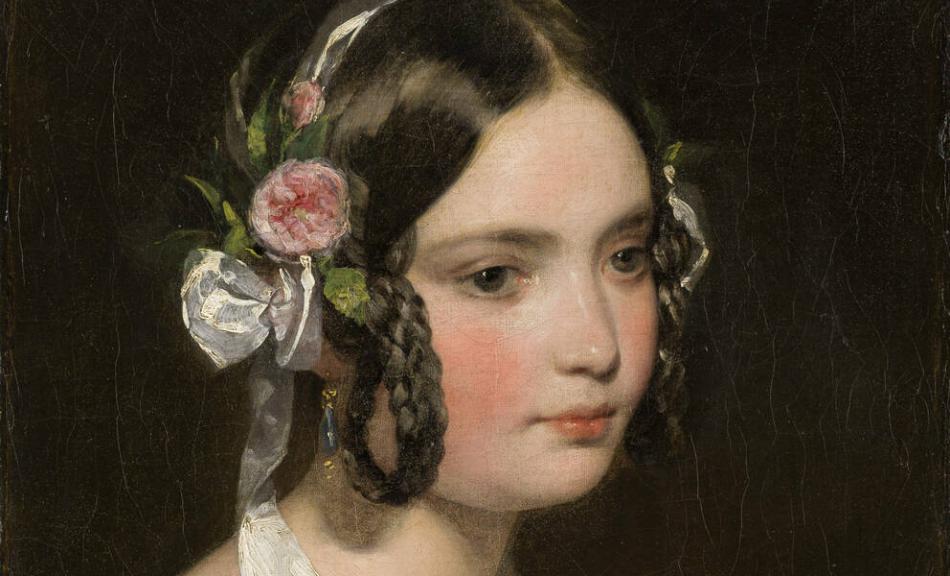The fascinating era of the Biedermeier, which lasted from around the time of the Congress of Vienna in 1814/15 to the revolutions of 1848, delineates a period in Europe that was shaped by political upheaval and social revolts, which profoundly changed society.
Following the Napoleonic Wars, the political map of Europe was redrawn at the Congress of Vienna, which culminated in the resolution of a European post-war order. This provided the restitution of absolutism, heralding a long phase of political restoration and restrictive measures that thwarted democratic tendencies.
Despite state censorship and severe poverty affecting large segments of the population, the economic upturn yielded a bourgeoisie whose members wanted to be depicted in confident renderings. The family as a refuge played an important role, while themes such as a longing for security and harmony within the private sphere and daily life entered the pictorial worlds of the Biedermeier. Along with this new focus on the microcosm of the everyday and one’s immediate surroundings, the genre of landscape painting – ranging from depictions of the Vienna Woods via Alpine sceneries filled with elegance and tranquility, to vedute of far-flung countries and cities – gained particular importance.
Rather than focusing exclusively on Vienna as the residential capital of the Habsburg Monarchy, the exhibition shines the spotlight also on the splendid cities of the crown lands, such as Budapest, Prague, Ljubljana, Venice and Milan, as well as their environs. Thus, it showcases not only the Viennese masters, including Ferdinand Georg Waldmüller or Friedrich von Amerling, but also Miklós Barabás and József Borsos from Budapest, Antonín Machek and František Tkadlík from Prague, and Francesco Hayez and Giuseppe Tominz from Lombardy.
TICKETS
DIGITAL EXHIBITION
Media partners of the exhibition:
 |
 |
Project sponsor:
 |




Share and follow